Building Materials: Brick
The humble brick is the fundamental building block behind many of the UK’s homes – both traditional and modern. A huge selection of colours and textures is available, giving you the freedom to create a façade that will suit both you and the planners – whether you’re facing cavity walls or cladding another build system, such as timber frame.
Manufacture
There are two main production methods. Extruded bricks are manufactured en masse by wire-cutting continuous columns of clay as they’re forced through moulds. They usually have a clean, contemporary appearance – although sanding or tumbling them can result in a rustic look.
Stocks, meanwhile, are pressed in individual moulds to offer a finish that’s reminiscent of handmade bricks. They feature an indentation – known as a ‘frog’ – in the top of the brick.
Hand-pressed types are significantly more expensive, but their unrivalled aesthetic appeal can make all the difference to a period-style new build. They’re also a great option where you need to match existing brickwork for unusual sizes, textures and colours. Reclaimed materials can offer an affordable alternative, though the bricks may need to undergo labour-intensive cleaning and won’t necessarily be fit for structural purposes.
Applications
You’ll need to specify different grades of brick for different parts of your build. Facing bricks are the most common type, and as their name suggests are typically used for the external leaf of cavity walls or other cladding purposes.
Commons are hard-fired, making them suitable for most loadbearing purposes, but they’re not frost-resistant and typically aren’t colour controlled so shouldn’t be used for facing or in damp conditions.
Engineering bricks are manufactured specifically for demanding applications where high compressive strength or excellent moisture resistance is required, such as for retaining walls, to support structural steels or as DPC coursing.
Bonds
The ‘bond’ is the pattern in which your bricks are laid. There are dozens of options, but stretcher is the most economical and thus most frequently used for cavity walls. In this pattern, the bricks are laid lengthways in ‘half-brick’ thickness with mortar lines offset halfway along the stretcher.
More decorative options include English bond (alternate courses of headers and stretchers) and Flemish bond (headers and stretchers alternated within a single course). These are traditionally laid as one brick or thicker, but can be replicated for cavity walling by using half-brick ‘bats’ for headers.
Your designer will aim to position windows and doors to suit your chosen brick size and bond, in order to reduce the need for cutting on site. Nevertheless, it’s quite common to have to ‘break’ the bond with a few discreetly positioned correcting bricks either at the centre or in symmetrical patterns close to the edges of a wall.
Purchasing
Modern bricks come in standardised sizes, with the most common comprising a 215mm face, 102.5mm bed and 65mm end. This gives a ‘working size’ of 225mm x 75mm (including a 10mm mortar joint), which can be used for design, quantity calculation and setting out purposes. Laying 215mm x 102.5mm x 65mm bricks in stretcher bond, for example, would require 60 bricks per m2.
Bricks are usually sold by the 1,000 and delivered in pallet loads of 400-500 (depending on their size). Always add 5% to your order to cover wastage and cutting. Expect to pay from around £250 per 1,000 for common bricks, £250-£320 per 1,000 for engineering bricks and up to £900 per 1,000 for hand-pressed facing versions.
Main image: A rectory-style self-build in brick and block by package company Design & Materials
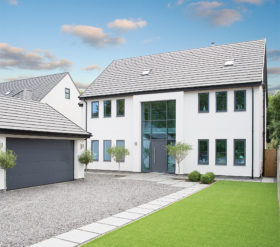
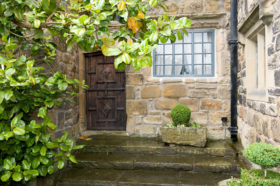
































































































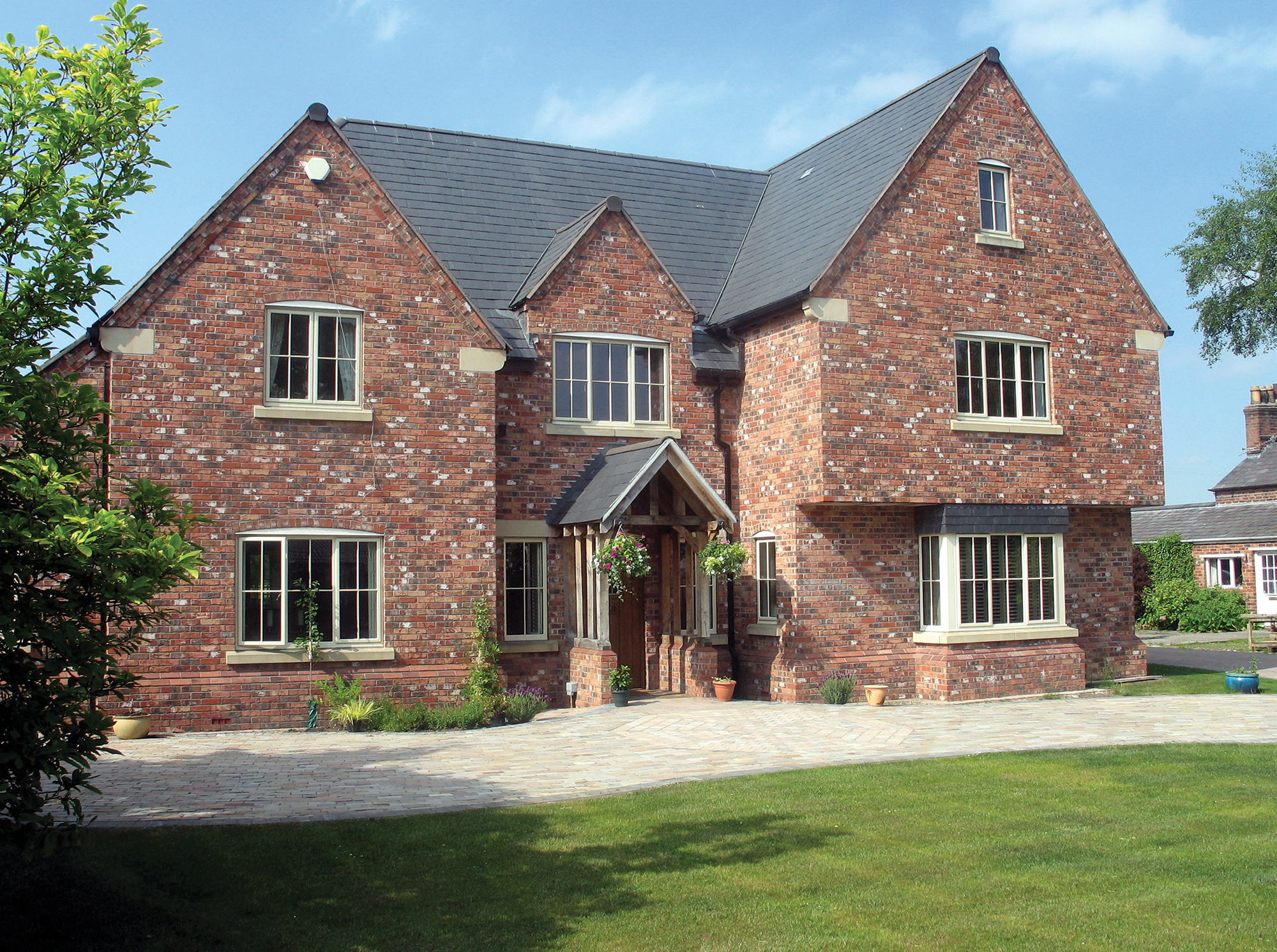
 Login/register to save Article for later
Login/register to save Article for later




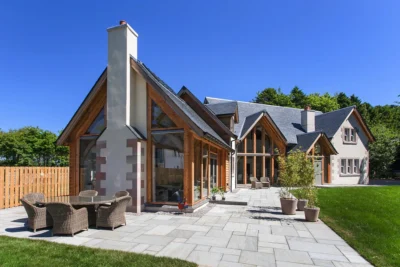
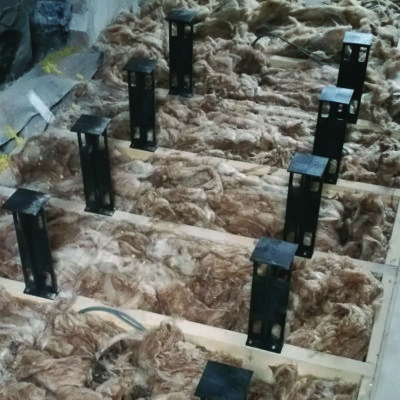
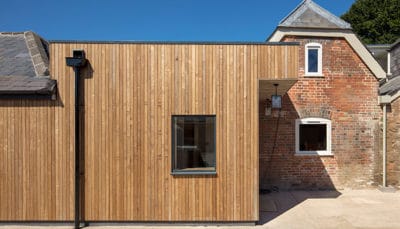
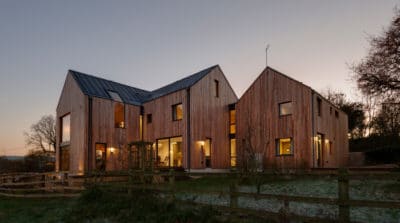





Comments are closed.